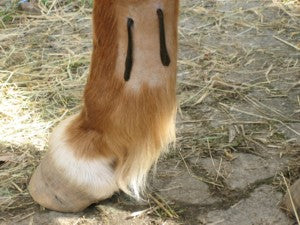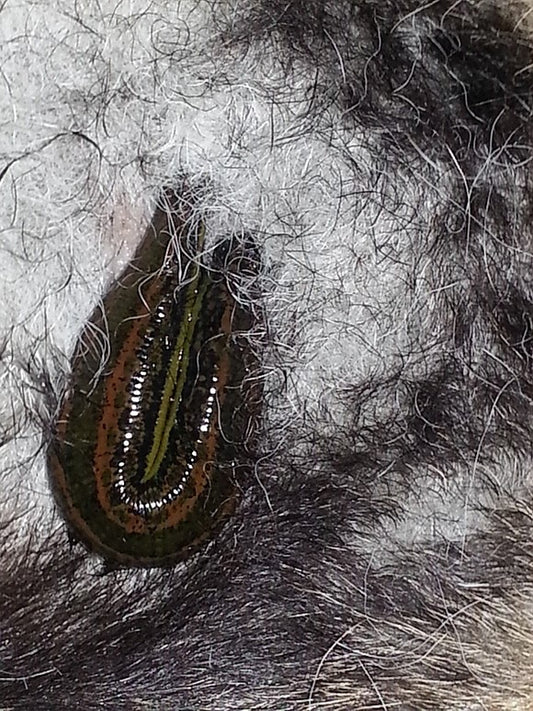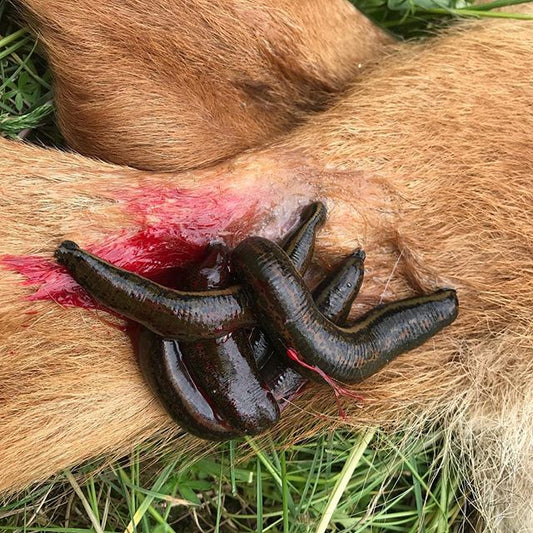Leech Therapy on Animals

Leech therapy on animals
Leech therapy on animals What is good for humans has also proven itself in the animal world: leech therapy. It is now a traditional and recognized form of therapy that...
Leech therapy on animals
Leech therapy on animals What is good for humans has also proven itself in the animal world: leech therapy. It is now a traditional and recognized form of therapy that...

Leech therapy on dogs
Leech therapy on dogs HOW IT WORKS AND WHAT IT IS USED FOR In human medicine, leech therapy is a traditional and recognized therapy for various clinical...
Leech therapy on dogs
Leech therapy on dogs HOW IT WORKS AND WHAT IT IS USED FOR In human medicine, leech therapy is a traditional and recognized therapy for various clinical...

Hirudotherapy in Veterinary Medicine
Hirudotherapy in veterinary medicine Natalia Sobczak1, Magdalena Kantyka2 1Department of Genetics, Faculty of Biology and Animal Science, University of Environmental and Life Sciences, Kożuchowska 7, 51-631 Wrocław 2Division of Parasitology,...
Hirudotherapy in Veterinary Medicine
Hirudotherapy in veterinary medicine Natalia Sobczak1, Magdalena Kantyka2 1Department of Genetics, Faculty of Biology and Animal Science, University of Environmental and Life Sciences, Kożuchowska 7, 51-631 Wrocław 2Division of Parasitology,...






